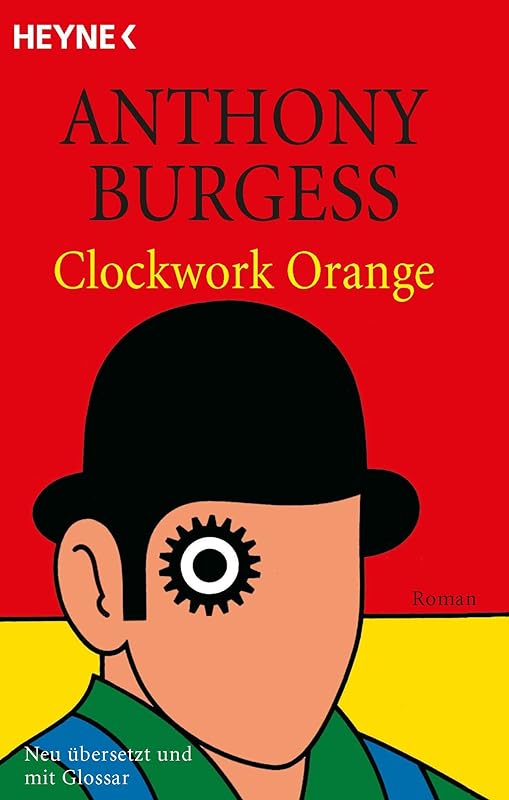A Clockwork Orange

“A Clockwork Orange,” authored by Anthony Burgess, is a novel that delves into the depths of human nature, free will and the potential for redemption. Set in a dystopian future, it follows the story of Alex, a teenager with a penchant for classical music and a disturbing enjoyment of violence. Burgess’s creation of a unique language called ‘Nadsat,’ a blend of Russian and English, immerses the reader into Alex’s world, a society where youth violence has become rampant and the state’s response is equally brutal.
The narrative is a dark satire that challenges the reader to confront uncomfortable truths about the capacity for evil within us all. Alex, the protagonist, is both a villain and a victim, leading a gang of ‘droogs’ on a spree of ultra-violence, only to be subjected to the state’s experimental attempts at reform. The controversial Ludovico’s Technique, a form of aversion therapy, raises profound ethical questions about the morality of conditioning and the essence of humanity.
Burgess’s novel is not just a story about a violent youth or a society’s attempt to curb such behavior; it is a philosophical journey that examines the conflict between individual freedom and societal control. The title itself, “A Clockwork Orange,” suggests the unnatural fusion of the organic and the mechanical, symbolizing the manipulation of human beings into programmed entities devoid of choice.
The story is as much a cautionary tale as it is a study of the human condition. Through Alex’s eyes, we see a world where the lines between good and evil are blurred, and the pursuit of power can lead to dehumanization. Burgess does not shy away from depicting the dark aspects of humanity, yet he also offers a glimmer of hope for redemption and change.
